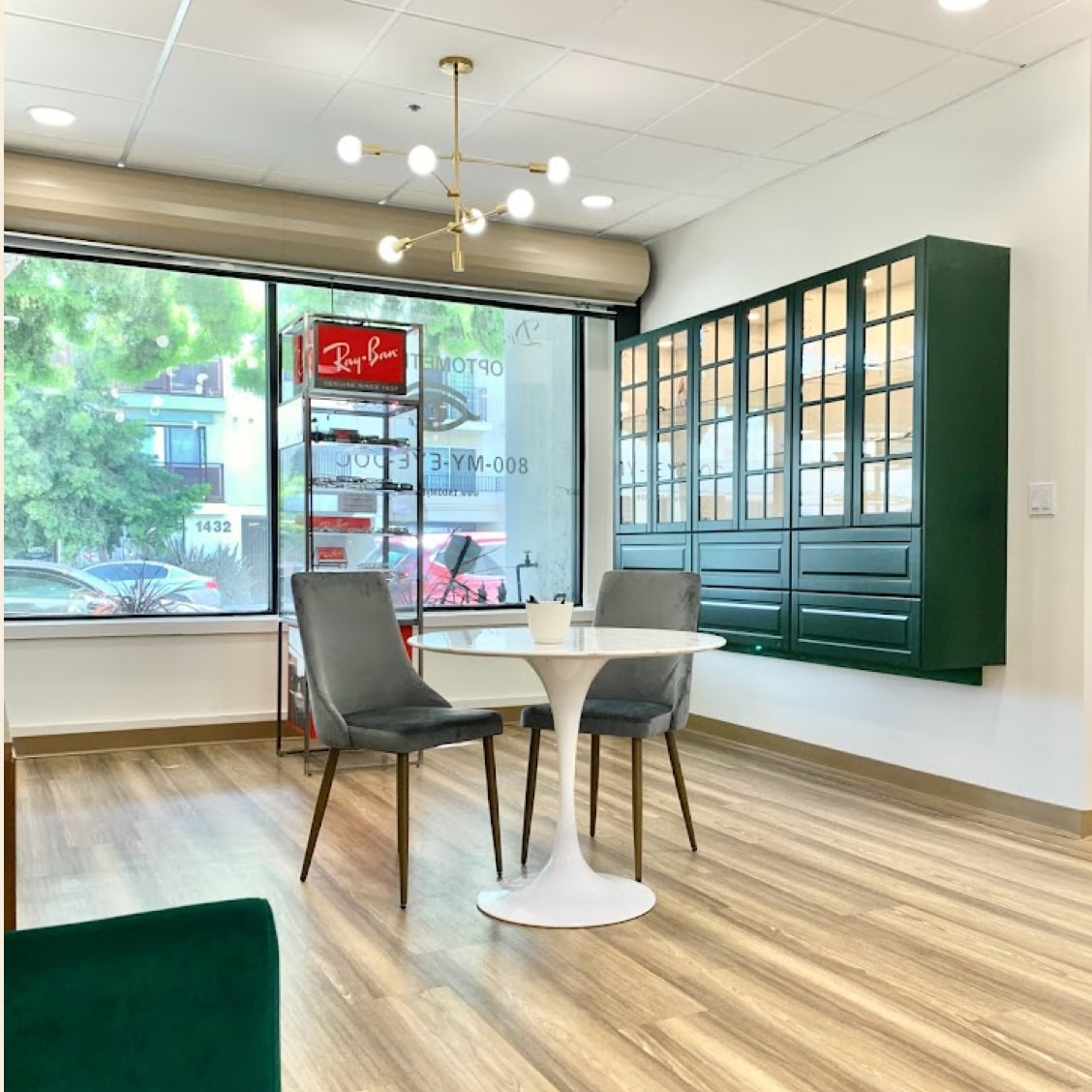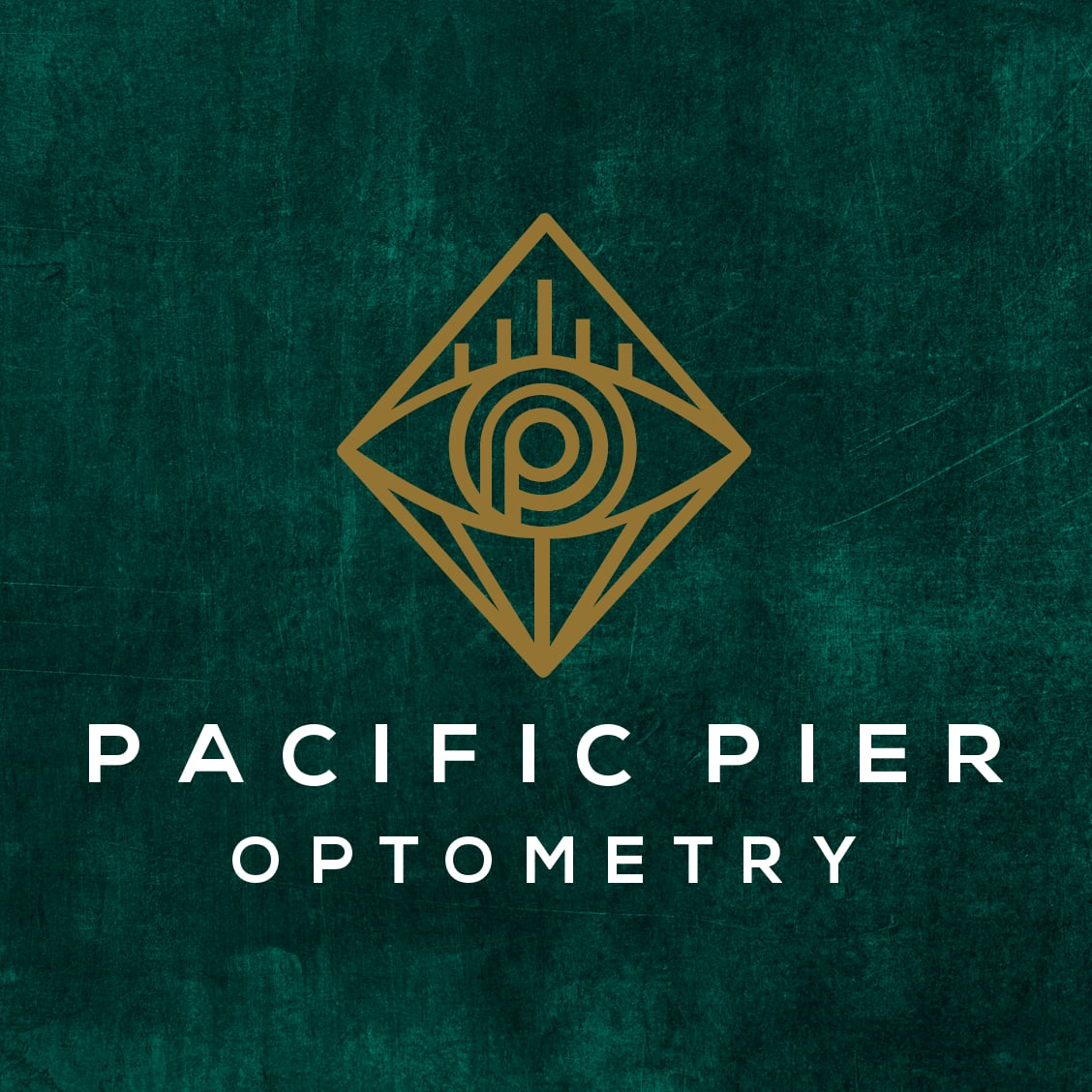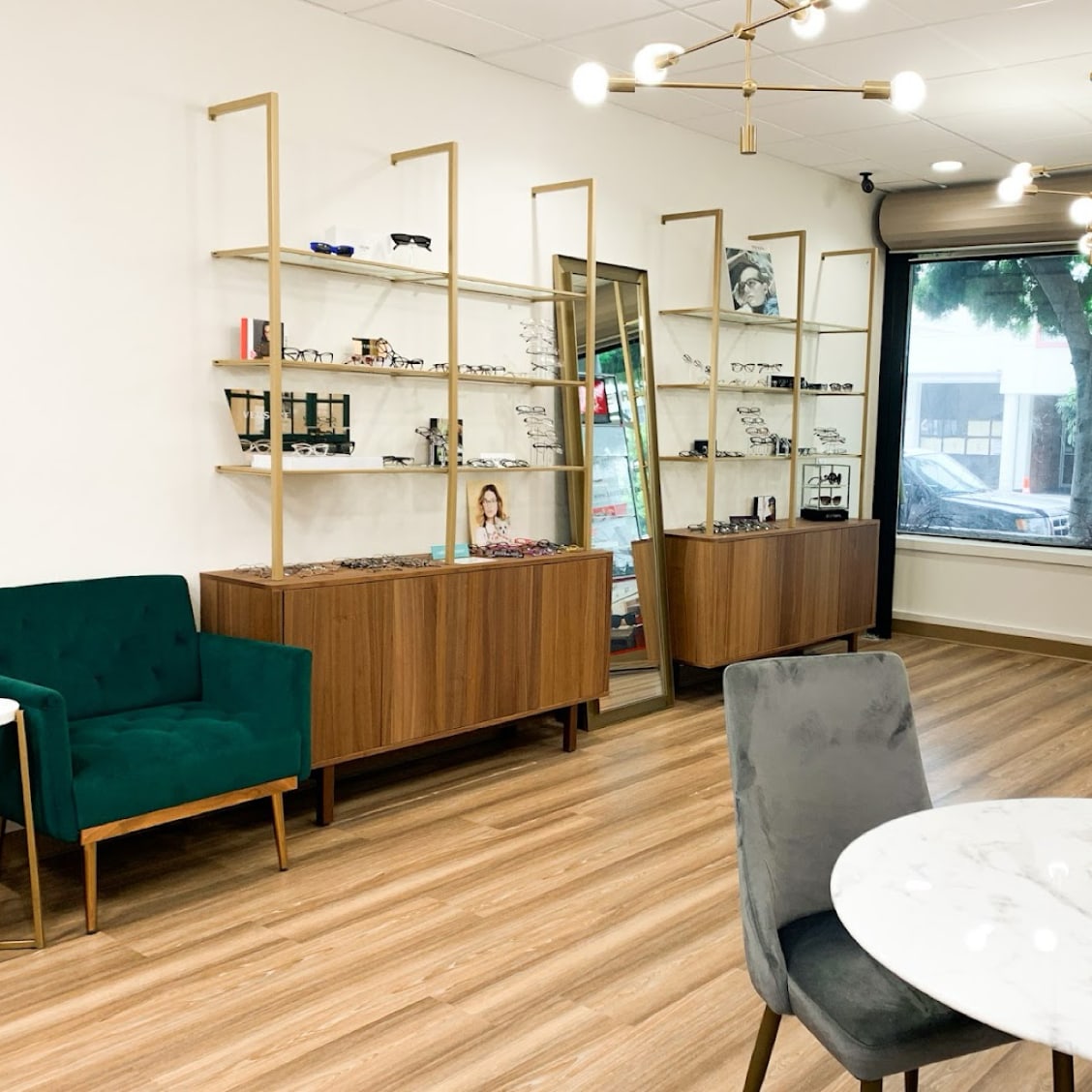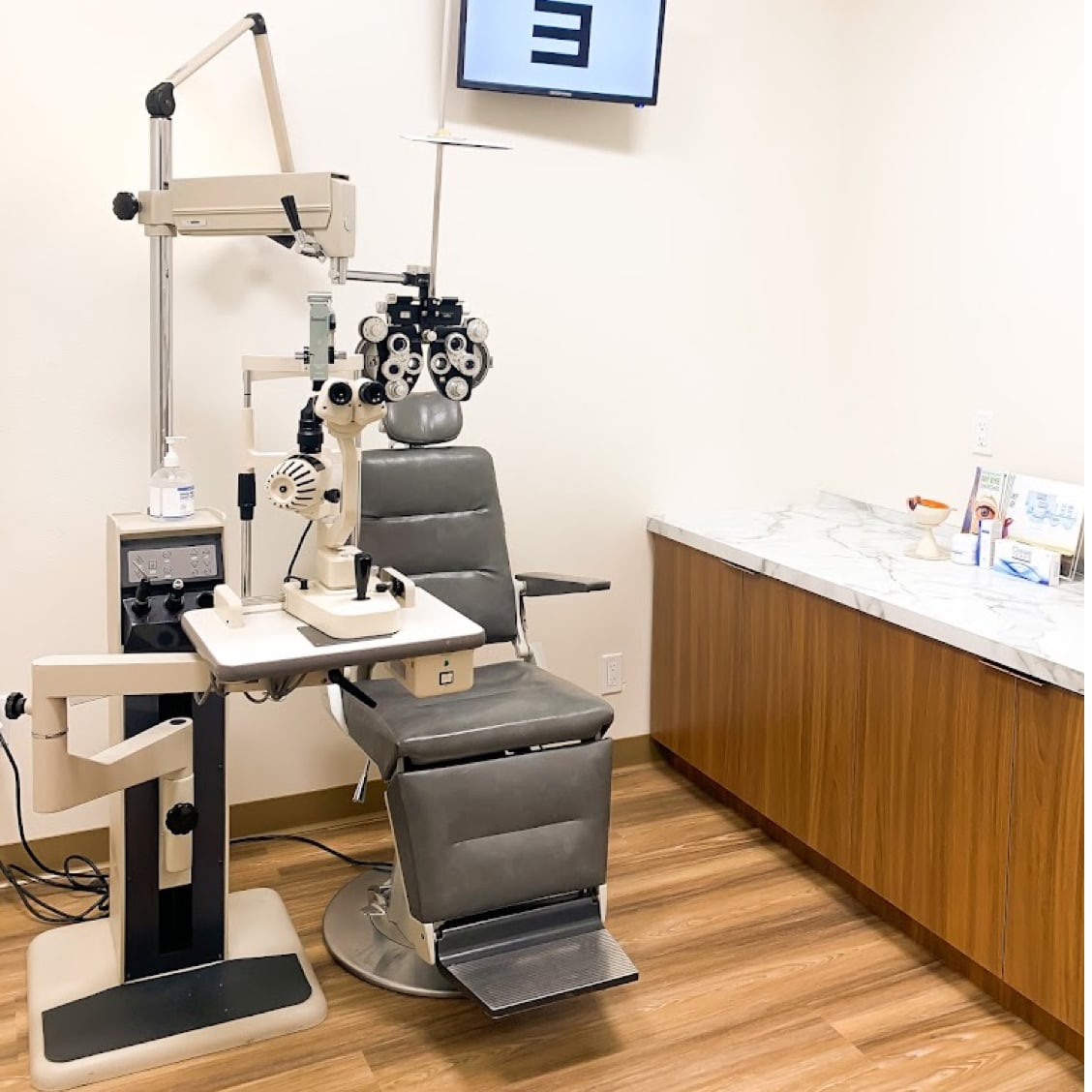Why Do Regular Eye Exams Matter?
A comprehensive eye exam is more than just checking how well you see. It’s about protecting how well you’ll continue to see. Pacific Pier Optometry takes your vision seriously, scanning for eye conditions before symptoms appear.
Many eye diseases develop silently, affecting your vision long before you feel a difference. If something’s starting to change, we can catch it early and respond quickly.
Whether you’re here for a routine check or you’re managing something more complex, we offer care that helps you feel seen, heard, and truly supported.
Book an eye exam today.
Request Appointment
Protecting Your Vision Starts Now
When it comes to eye disease, early treatment is everything. Acting fast can slow progression and prevent vision loss.
During your comprehensive eye exam, we’ll examine your visual system thoroughly. Once we understand your unique needs, we’ll create clear, easy-to-follow plans.
Even if you don’t notice symptoms, preventive care can make a real difference in how you see the world as you age.
Eye Diseases We Diagnose & Manage
Our eye exams screen for hundreds of potential conditions. If something’s changing with your eyes, we’ll spot it and build a plan with you to manage it.
Here are some of the most common eye diseases we help diagnose and monitor right here in the office.
Glaucoma usually doesn’t exhibit any symptoms early on. Over time, it can damage the optic nerve, which transfers visual information from our eyes to our brain. This condition can lead to irreversible vision loss.
That’s why early detection is so important. We monitor eye pressure, check your optic nerve health, and use visual field testing to track changes you might not notice yourself.
Cataracts cloud the eye’s lens, making things look blurry, dim, and less vibrant. It’s a natural part of aging for many people, but that doesn’t mean they’re unmanageable.
Cataracts can also cause:
- Double vision
- Faded color vision
- Poor night vision
- Sensitivity to light
- Halos around lights
We’ll monitor your cataracts as they develop and may recommend prescription lenses, eye drops, or surgery.
Age-related macular degeneration (AMD) affects the macula, the part of the eye responsible for central vision. This condition can make reading, driving, or recognizing faces harder. There are two types of AMD, dry and wet.
Dry AMD is the most common. It can progress slowly, following a gradual thinning of the macula. Wet AMD progresses quickly and occurs when the growth of abnormal blood vessels damages the macula. It develops due to dry AMD, typically in the later stages.
Symptoms of AMD can include:
- Blurred vision
- Dark or blank spots
- Poor color vision
- Poor vision in low light
- Straight lines appearing wavy or curved
We use imaging to detect early signs of AMD and help slow its progression.
If you have diabetes, your eyes are at higher risk for changes in the blood vessels of your retina. Diabetic retinopathy often doesn’t show symptoms at first, but over time, it can cause vision loss or even blindness.
Common symptoms include:
- Vision loss
- Blurred vision
- Dark areas
- Flashes of light
- Poor color vision
We offer regular monitoring and imaging that allow us to catch small changes before they become serious, helping you stay on top of both your eye health and overall well-being.
Dry eye disease occurs when tears evaporate too quickly or don’t contain the right balance of oil, water, and mucus. It can affect vision, focus, and day-to-day comfort.
Symptoms can include:
- Redness
- Watery eyes
- Blurry vision
- A burning sensation
- Light sensitivity
- Irritated or scratchy eyes
- Stringy eye mucus
We offer dry eye therapy to help you manage your symptoms and find relief.
Our Diagnostic Technology
Every eye exam at Pacific Pier Optometry includes innovative, noninvasive diagnostic imaging and tools designed to detect changes early, before symptoms appear.
From glaucoma to diabetic retinopathy, we’re checking for almost 300 eye diseases.
Optical coherence tomography (OCT) provides high-resolution, cross-sectional images of the retina, located at the back of the eye. These images help us detect macular degeneration, diabetic changes, and glaucoma before they affect your vision.
The scan is completely noninvasive and takes just a few seconds. OCT lets us monitor changes over time so that we can be proactive with your care.
Optomap gives us a panoramic, ultra-widefield view of the back of your eye—about 80% more than traditional retinal imaging. The wider perspective allows us to detect early signs of retinal disease, tears, or degeneration that might otherwise go unnoticed.
The process is fast and easy and doesn’t require dilation in most cases. It’s a go-to for yearly wellness checks and for anyone with diabetes, high blood pressure, or a family history of eye disease.
Our virtual reality visual field testing brings a modern, immersive touch to eye care. We offer lightweight VR-based testing that tracks your peripheral vision with precision and comfort.
The test is especially useful in monitoring glaucoma. It’s efficient, less fatiguing, and helps us pinpoint subtle shifts in your visual field over time.
The Goldmann Applanation Tonometer is widely regarded as the gold standard for checking intraocular pressure (IOP), which helps us screen for glaucoma. We measure the resistance of your eye’s surface using a tiny, gentle probe that briefly touches your cornea.
The test is quick and doesn’t hurt, and the data it provides is powerful. It gives insight into your optic nerve health and helps us flag concerns before damage occurs.
iCare diagnostic tools are designed to make testing faster and more comfortable. The tonometer measures eye pressure with a soft, momentary touch—no air puff needed.
We also use iCare imaging for detailed views of your eye’s internal structures and iCare visual field testing to check how well you see across your full range of vision. These tools are essential for monitoring conditions such as glaucoma, diabetic eye disease, and others.

Protecting Your Vision
You don’t have to wait for a problem to take your eye health seriously. Whether you’re managing a diagnosis or just want peace of mind, we’re here to help you protect your vision in a thoughtful, modern, and personalized way.
Book your eye exam with Pacific Pier Optometry today.
Request Appointment
Why Choose Pacific Pier Optometry?
Quality, personalized eye care with a fun, approachable team. Here’s why so many choose us:

Carefully Selected Eyewear
We believe your eyewear should be as unique as you are! Our eyewear collection features an intimate selection of quality frames that fit every aesthetic. Whether you’re looking for a bold statement piece or a classic everyday look, we can help you find the perfect pair that complements your style.

Passion & Reliability
Our team is not only knowledgeable, but also passionate about eye health! We pride ourselves on creating a friendly and approachable atmosphere. We understand that eye care can sometimes feel overwhelming, so we’re here to make it relatable and enjoyable for our patients. Your comfort and understanding are our top priorities.

Eye Care with a Personal Touch
Experience eye care that combines technology with a team you’ll feel relaxed with. We strive to make every visit feel like a personal experience, rather than a medical appointment. Our team is about making it easy for you to understand your eye health and our services. From your first appointment to your frame selection, we’re here for you.

Find Us in Santa Monica
Come Visit Us
We’re just a stone’s throw from the beach and vibrant local shops—we’re easy to access and aim to provide a relaxing space where you can focus on your eye health.
Where to Park?
Convenient street parking is available nearby for easy access.
Our Address
- 1431 7th St Ste 101
- Santa Monica, CA 90401
Get in Touch
- Phone: 310-395-5550
- Email: pacificpieroptometry@gmail.com
When We’re Open
*Closed 12PM – 1 PM for Lunch

Find What You’re Looking for!


Eyewear, Tailored For You

Eyewear, Tailored For You
What The Community is Saying







